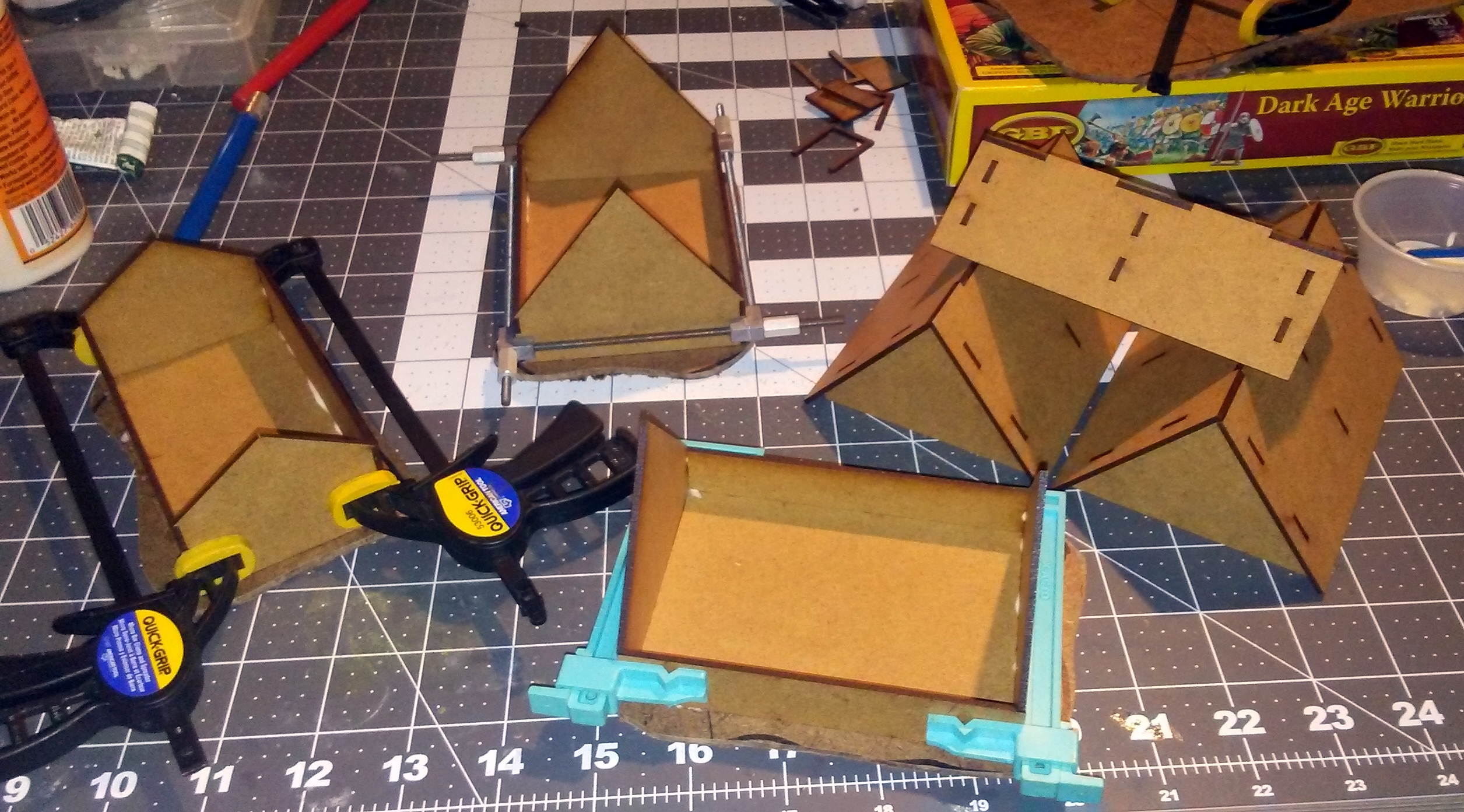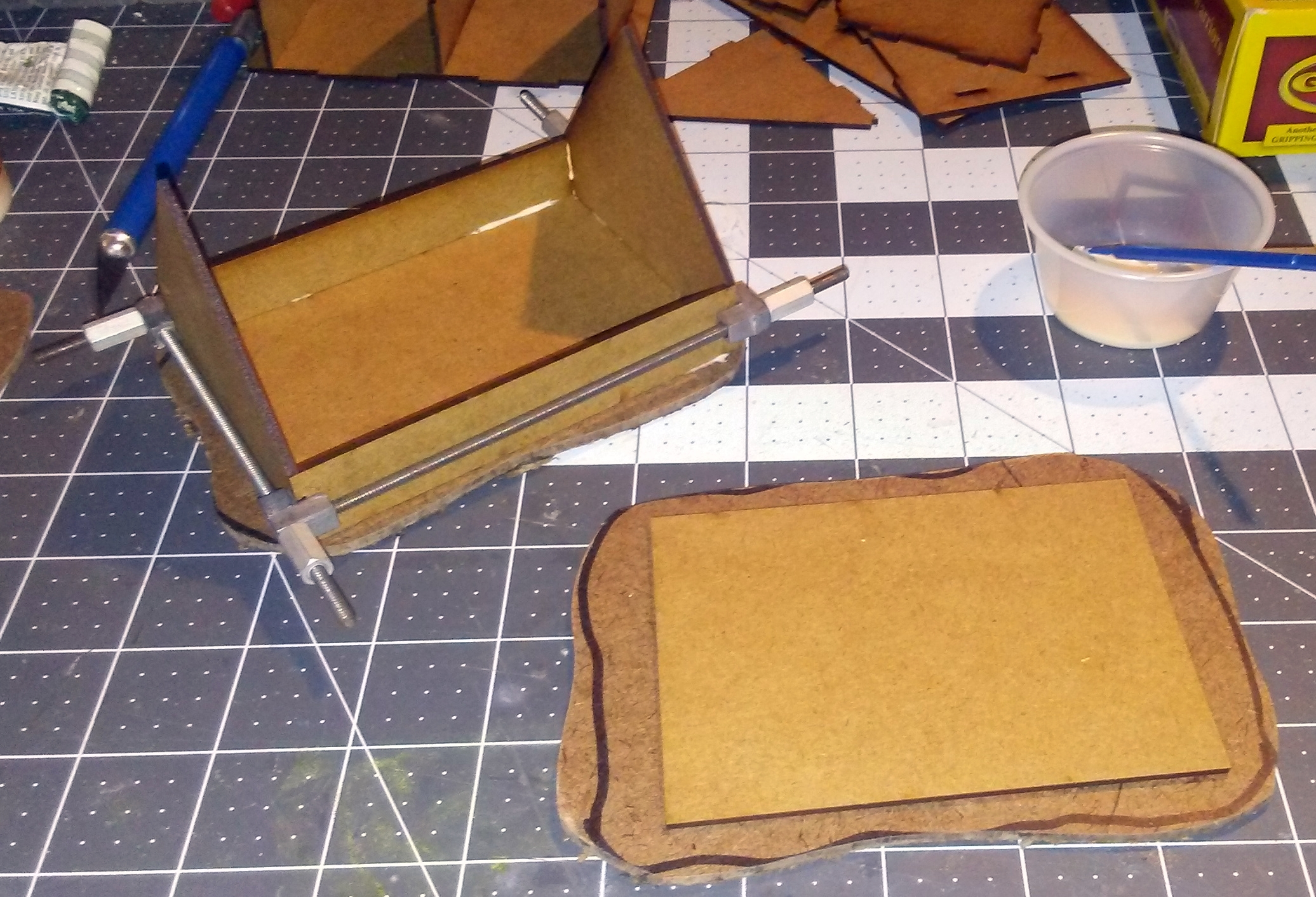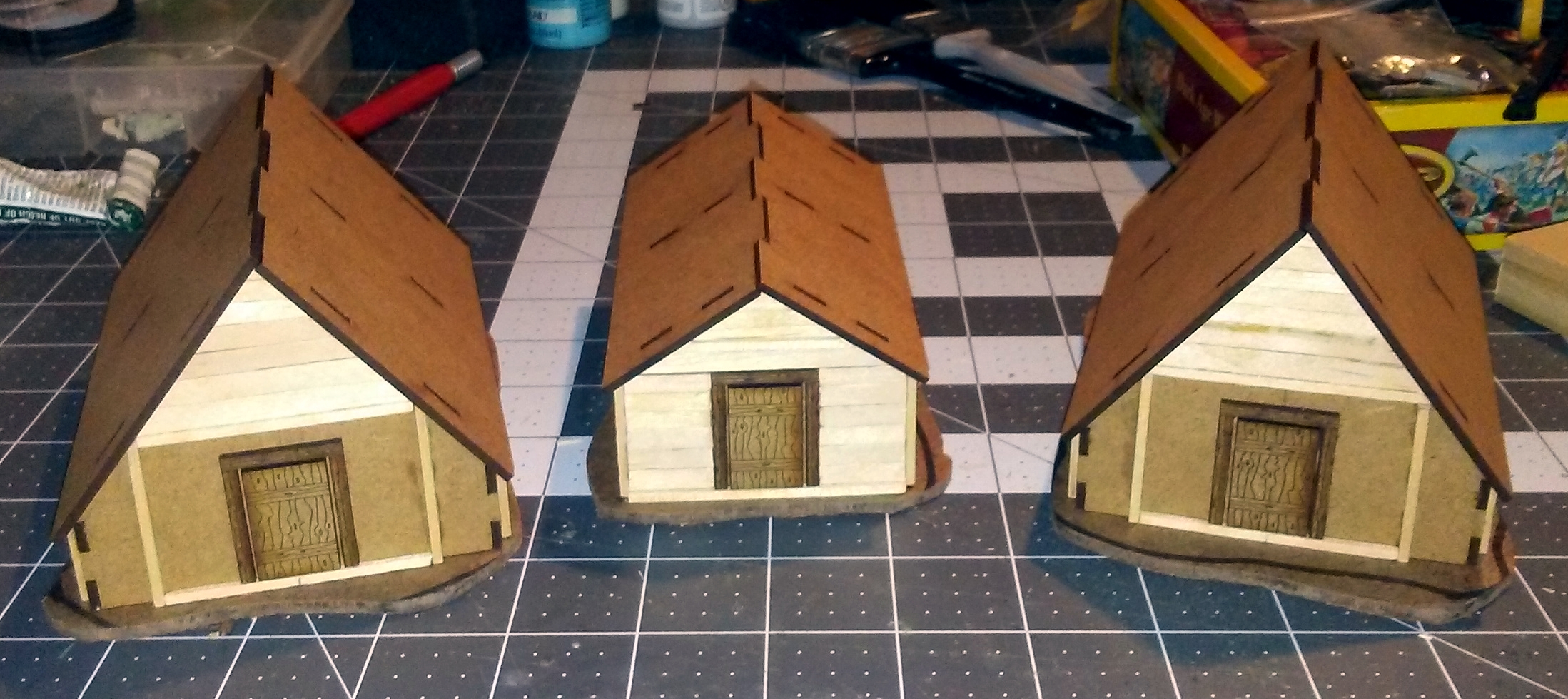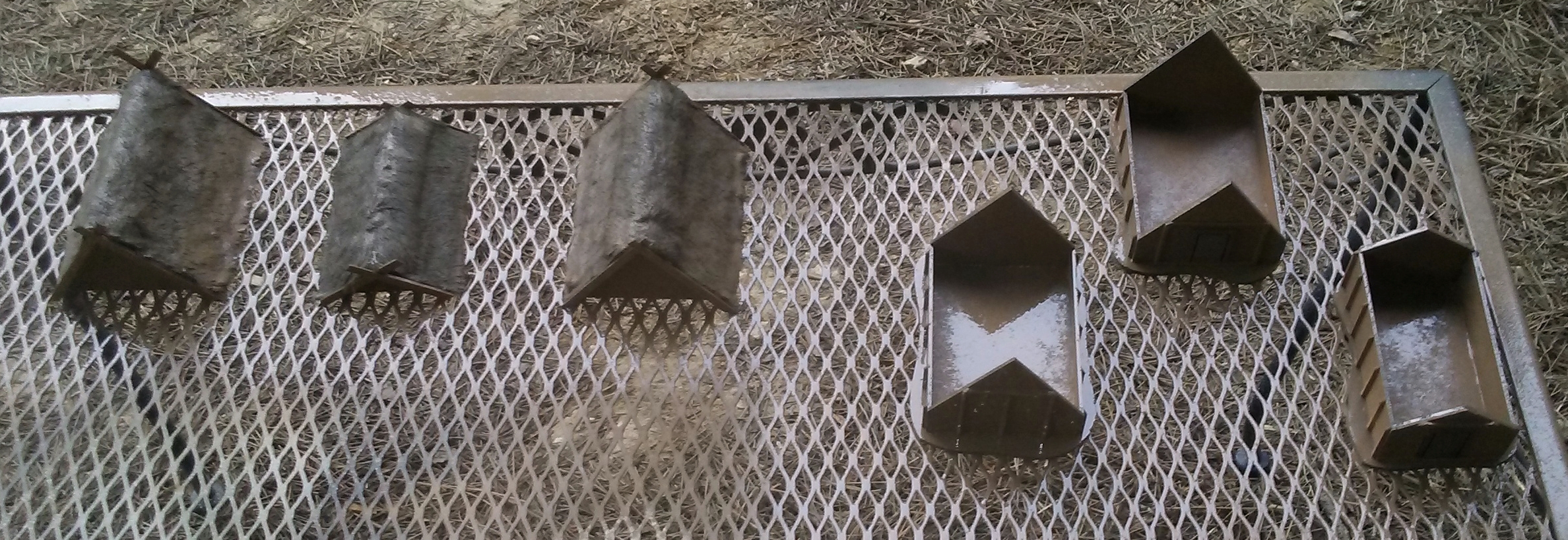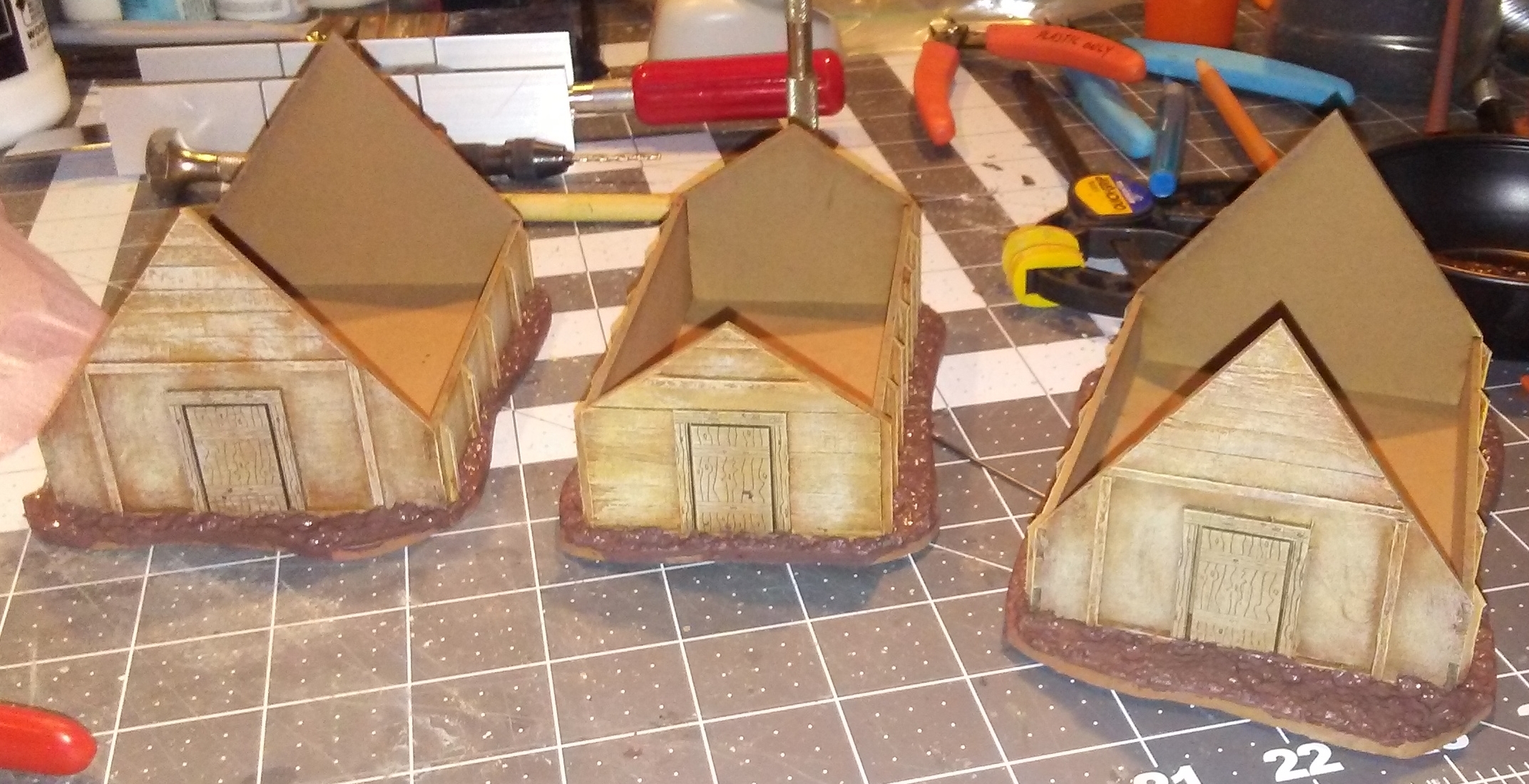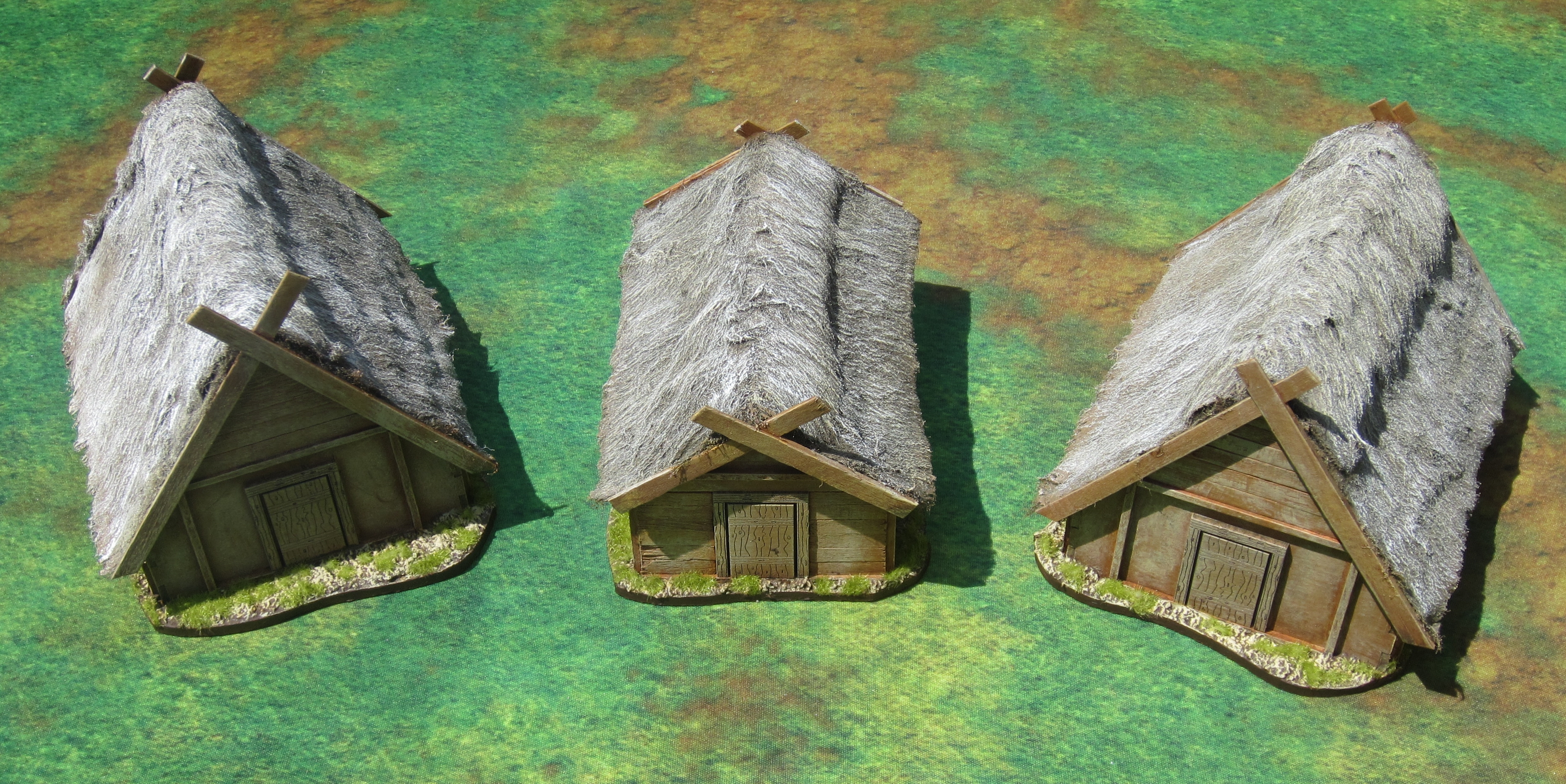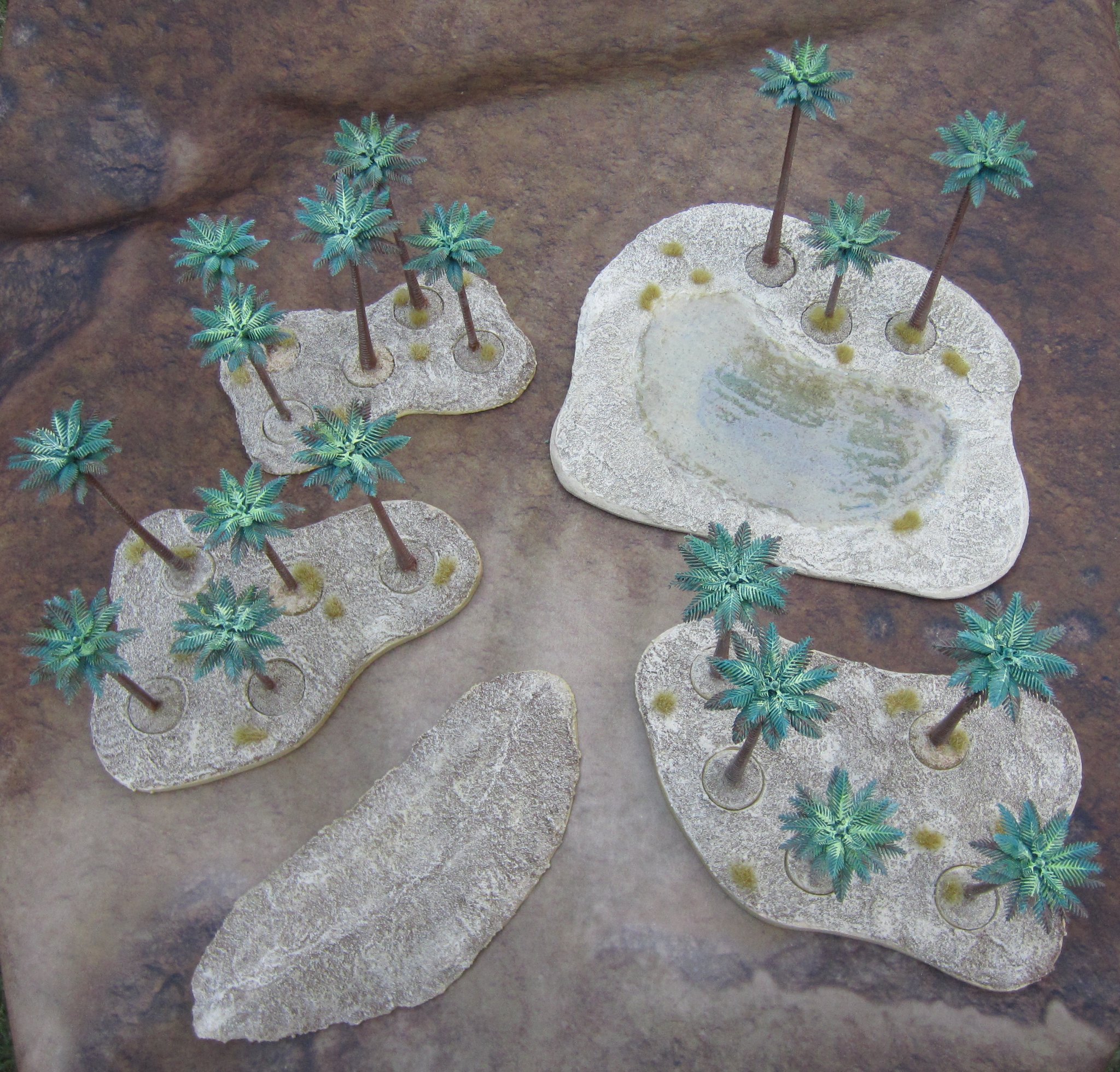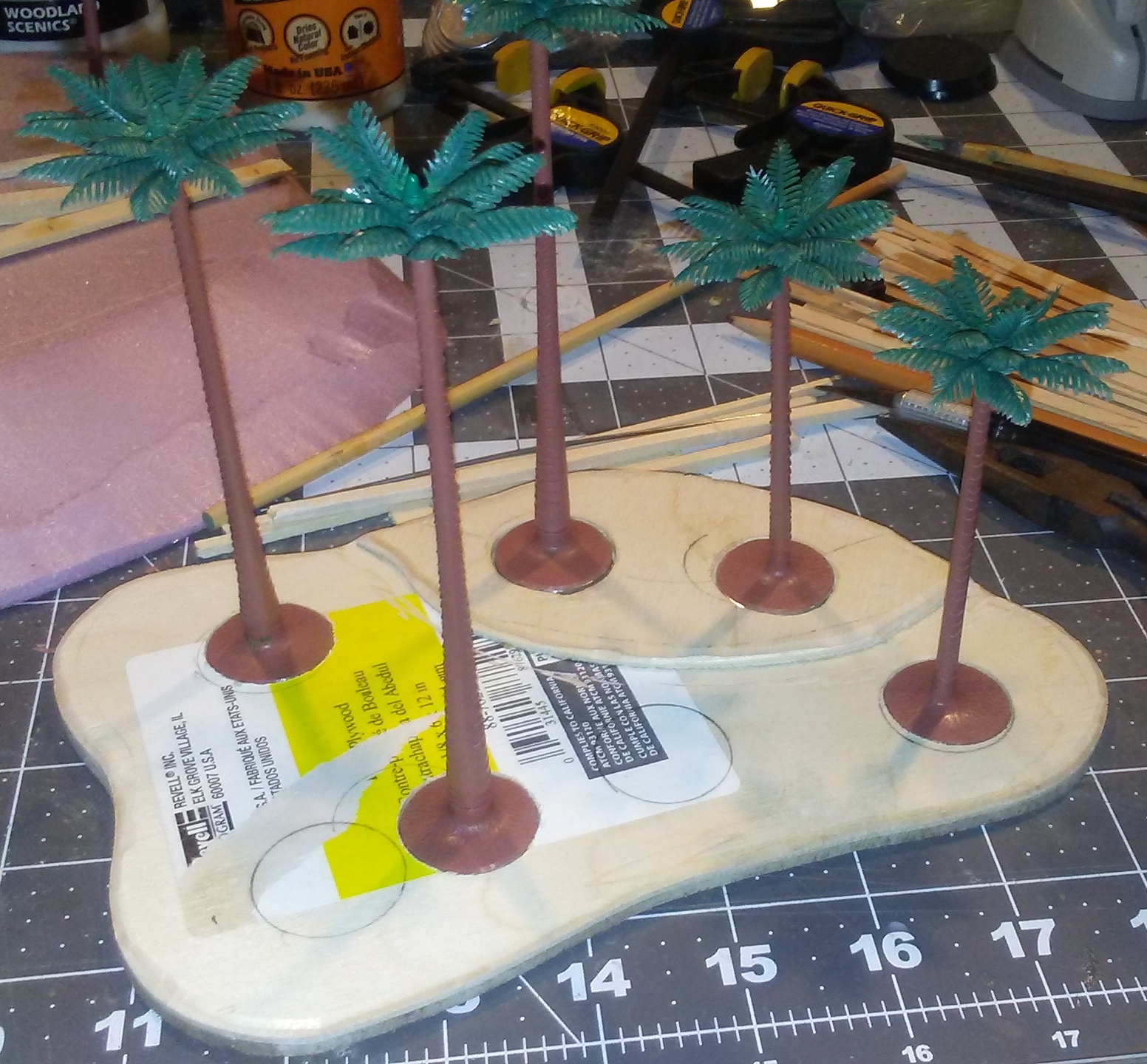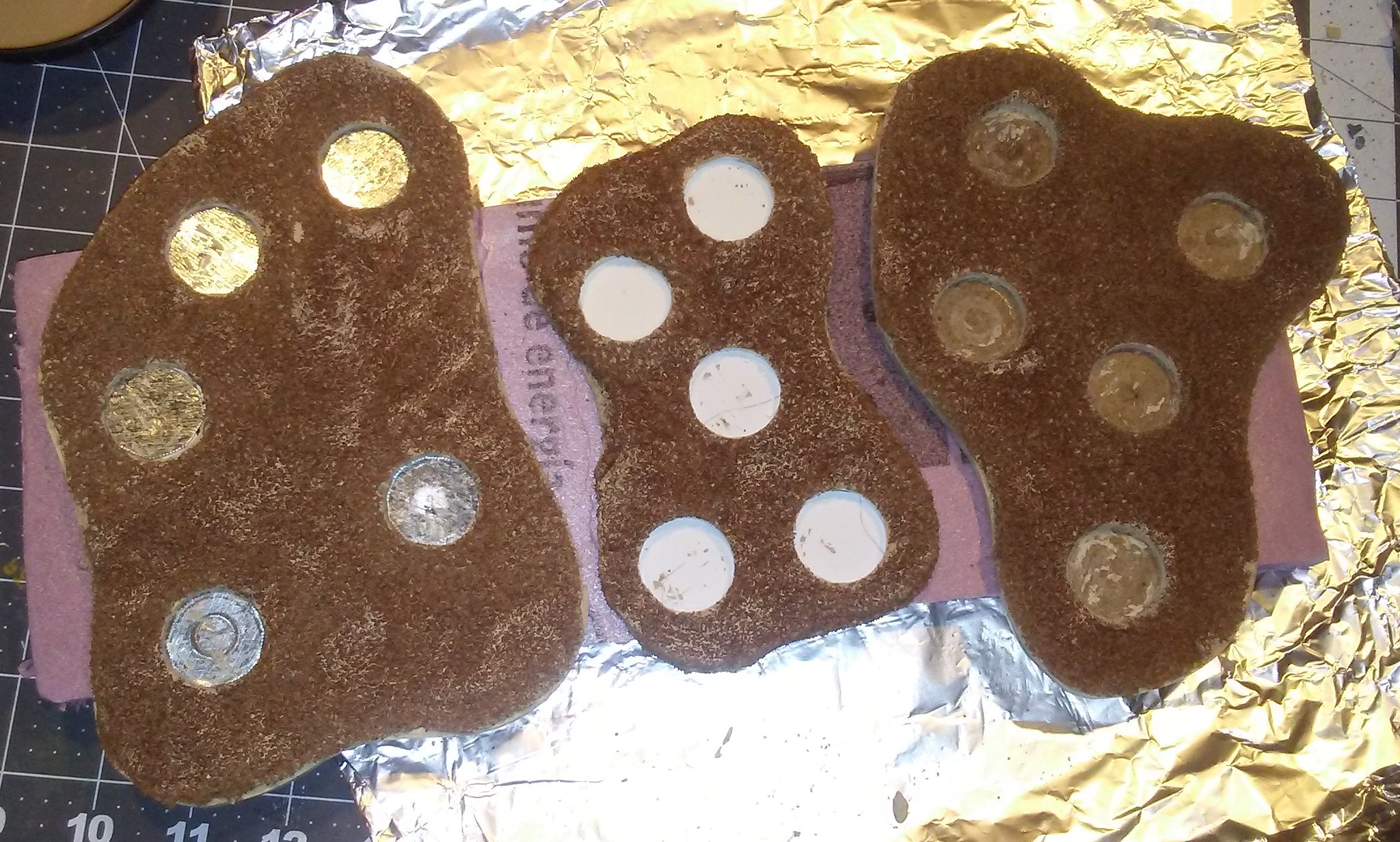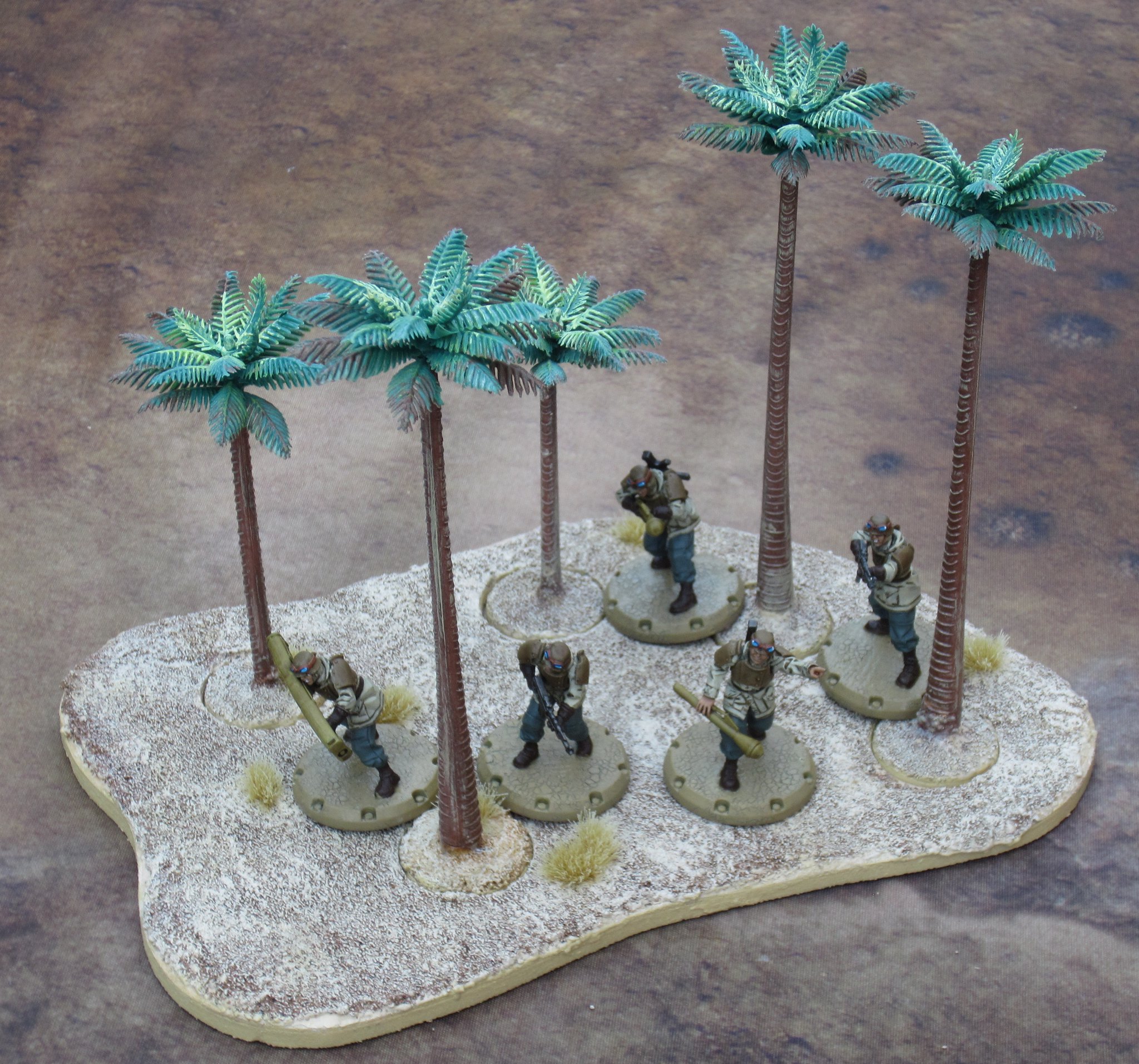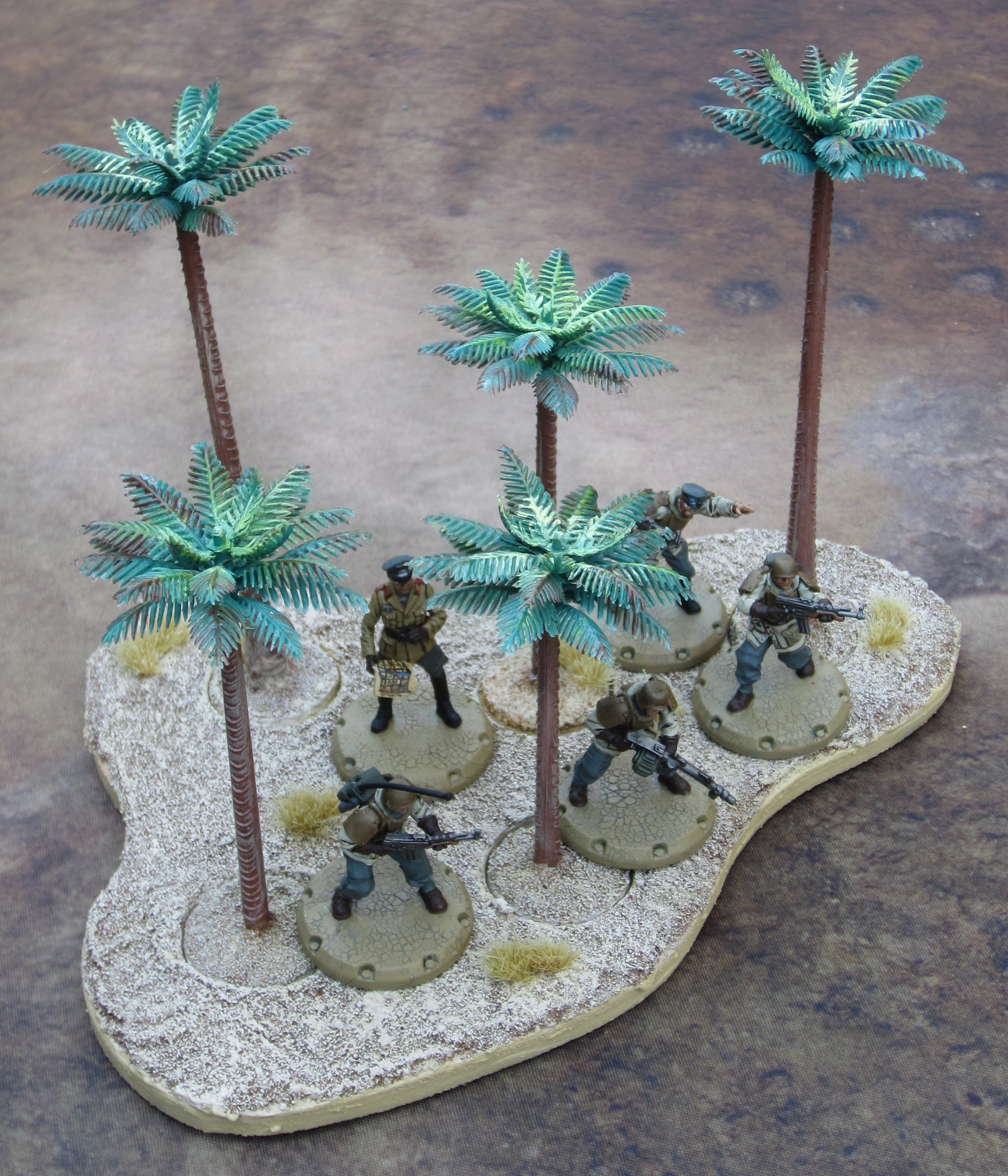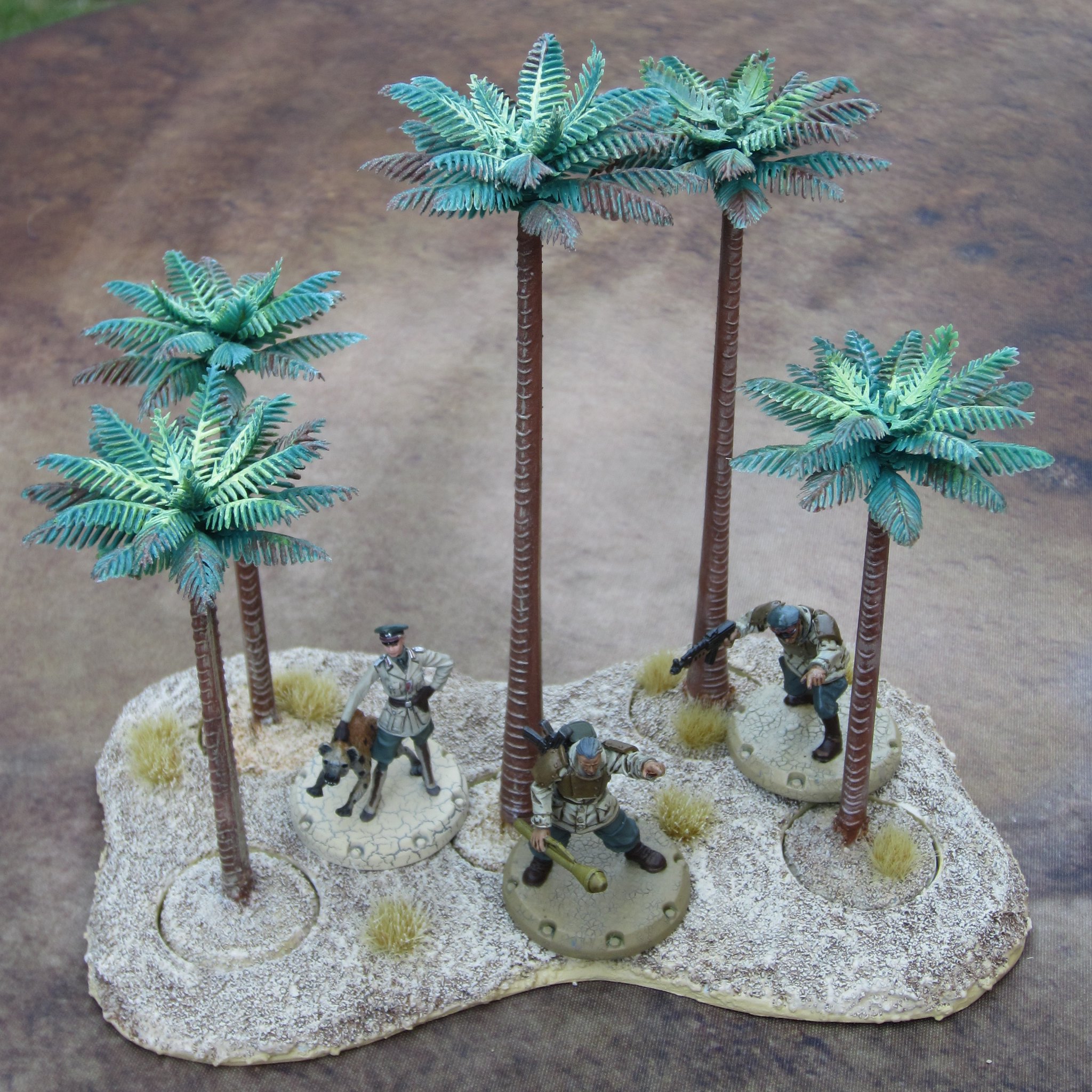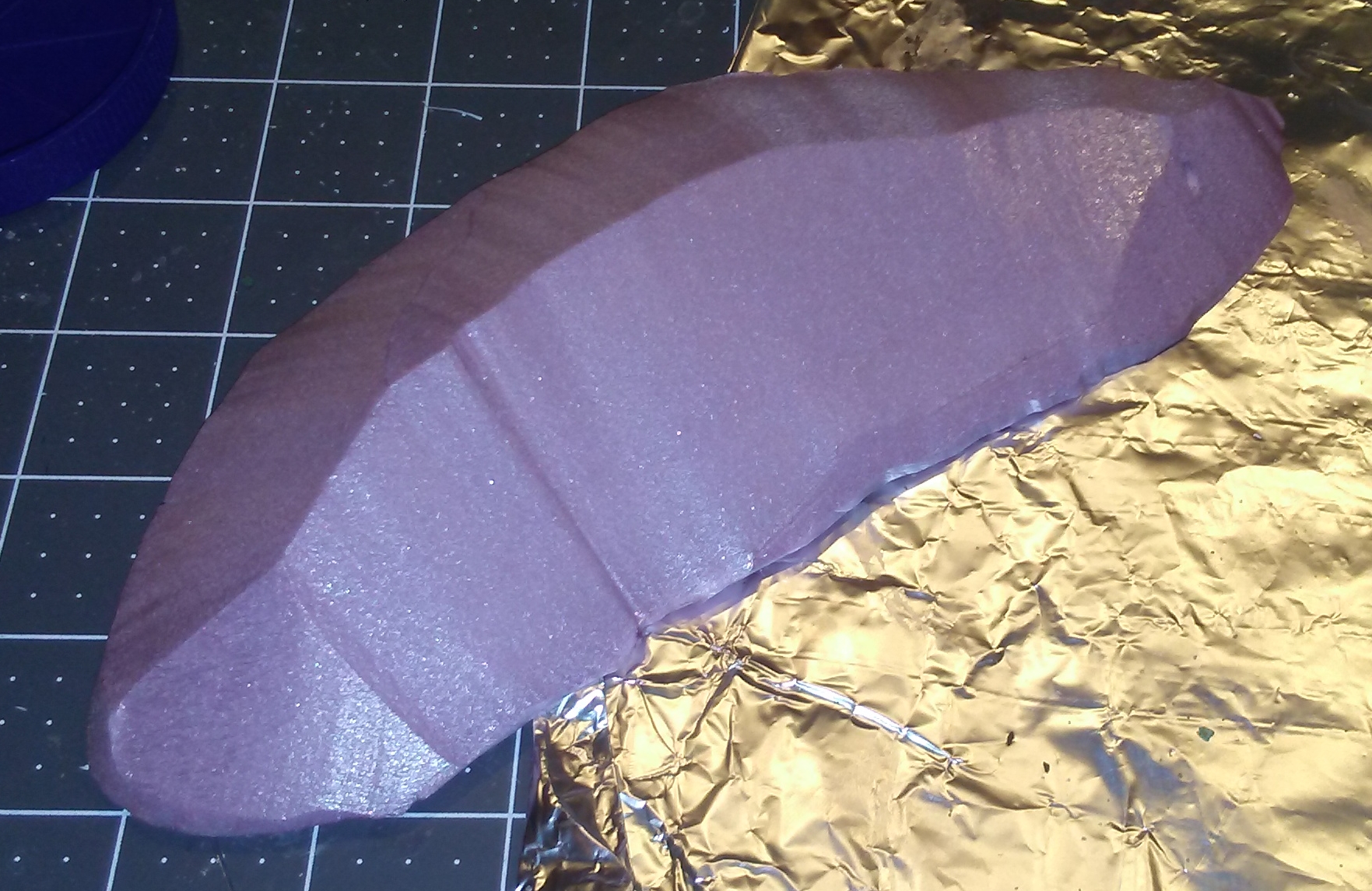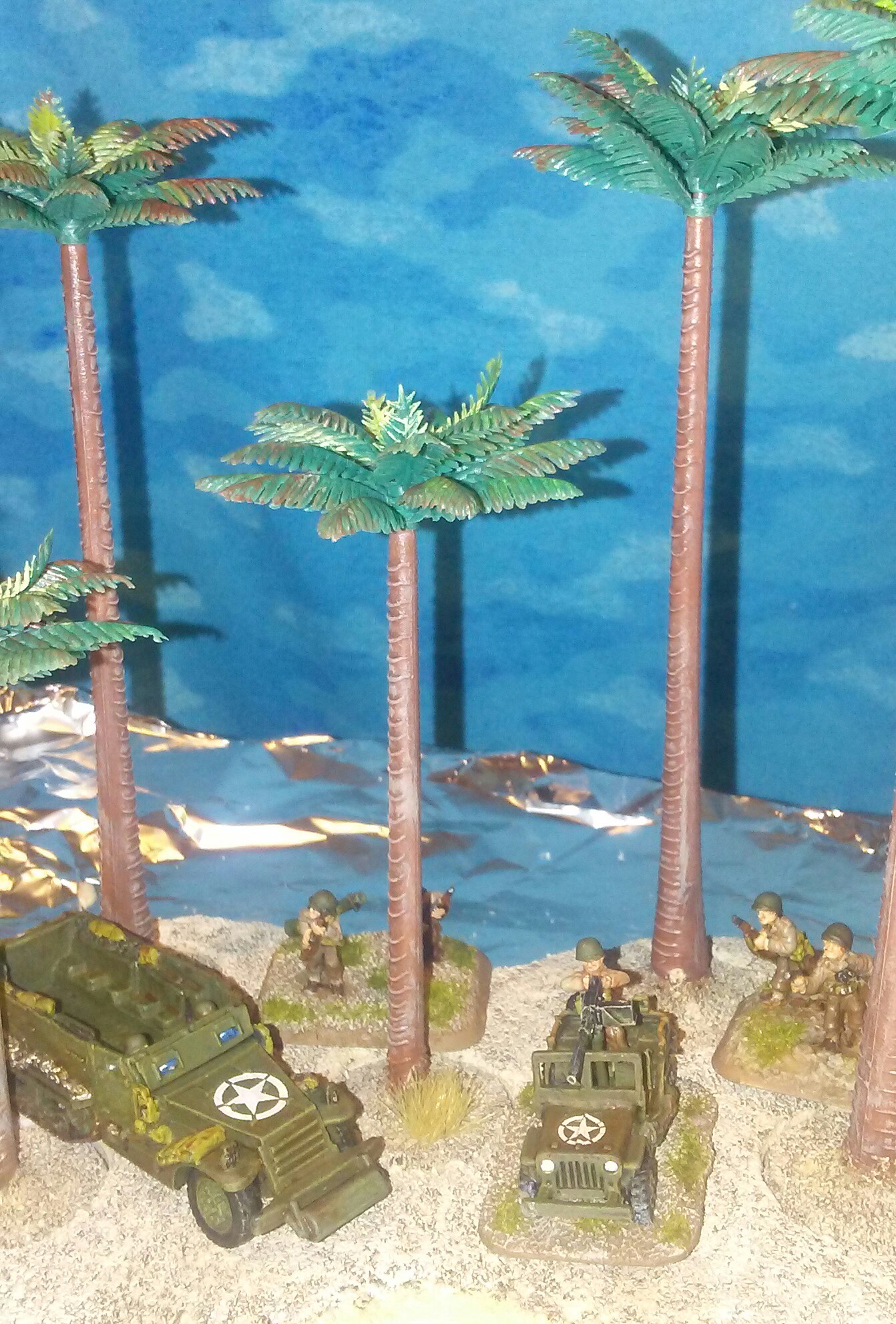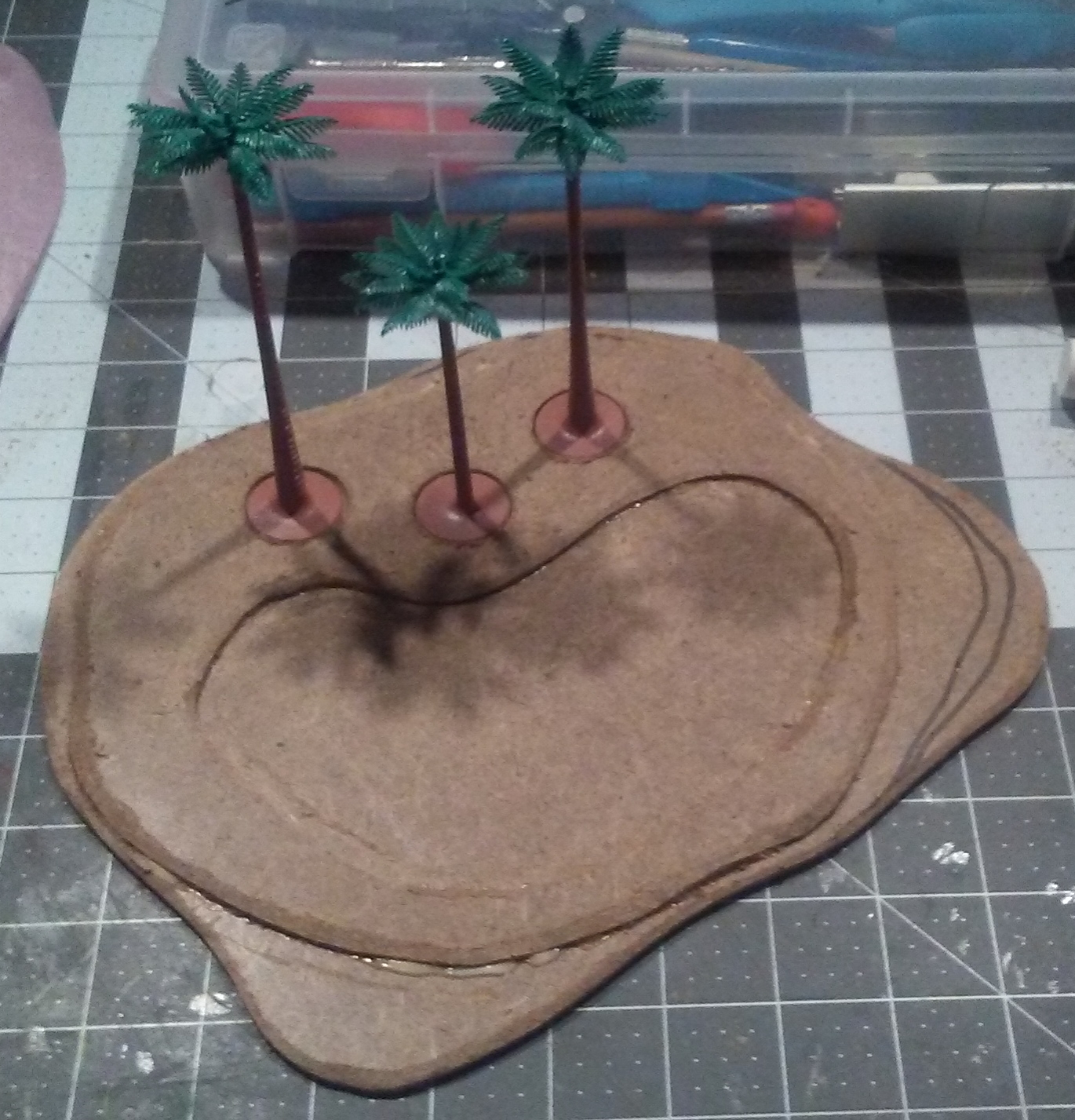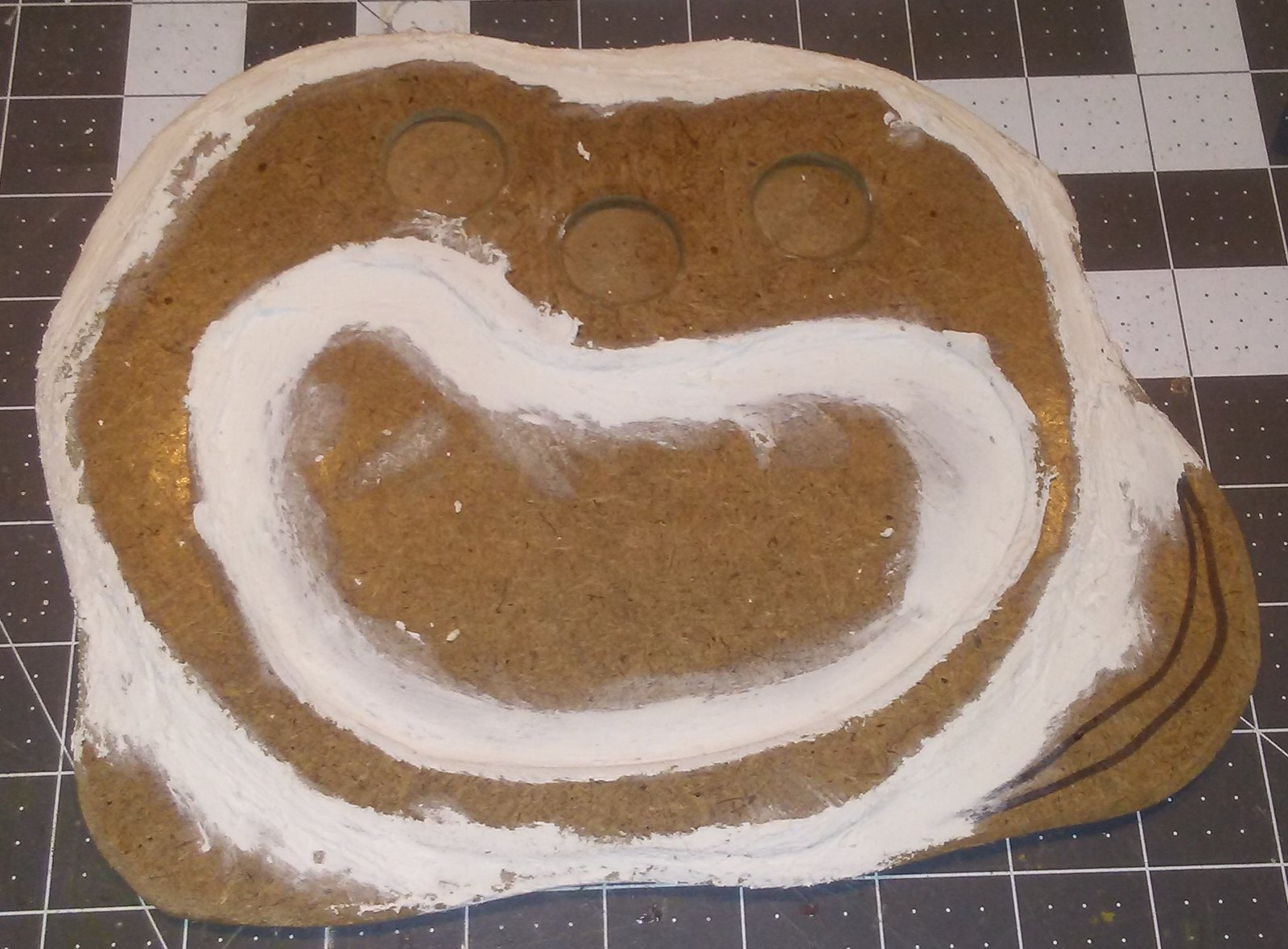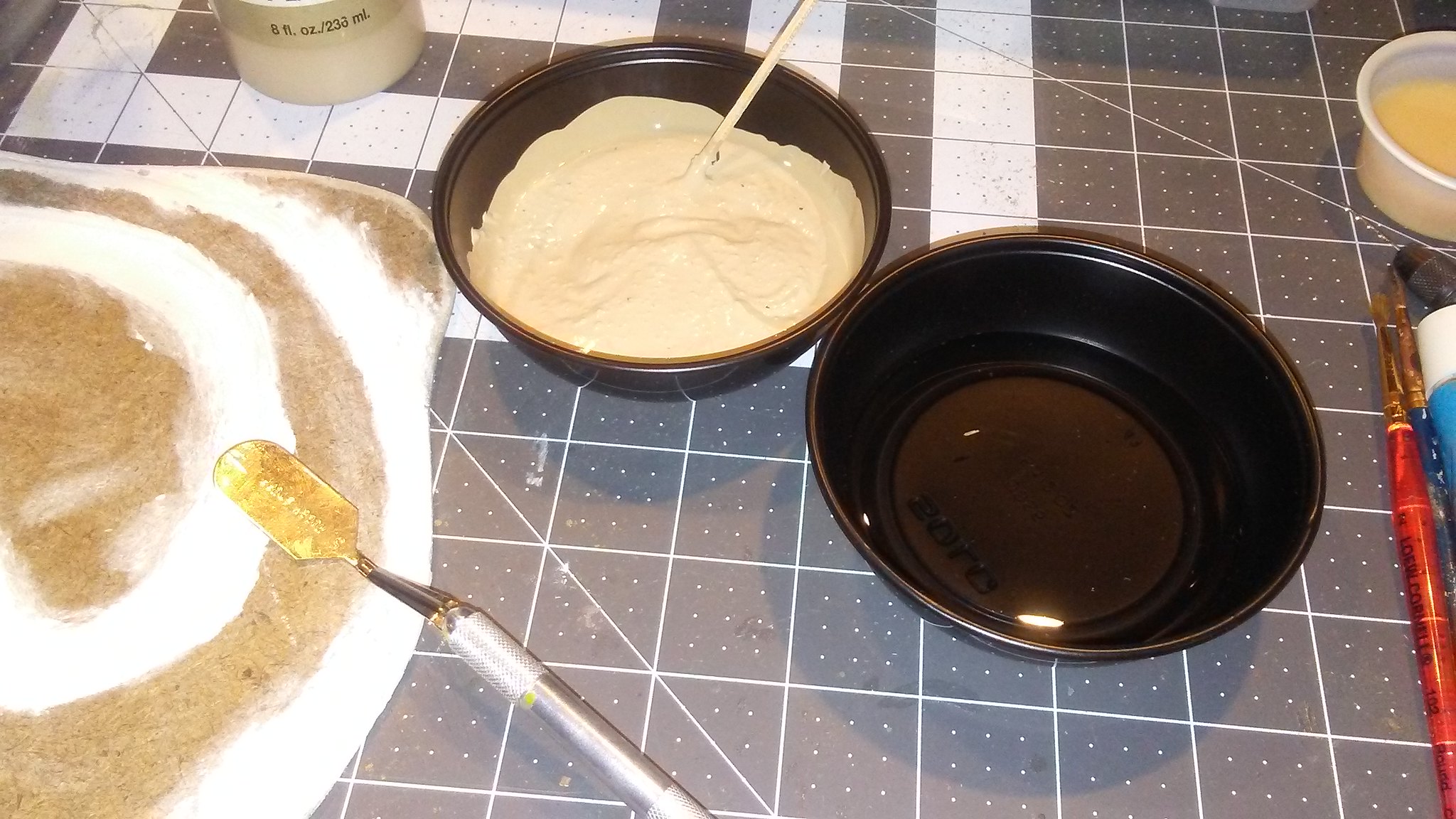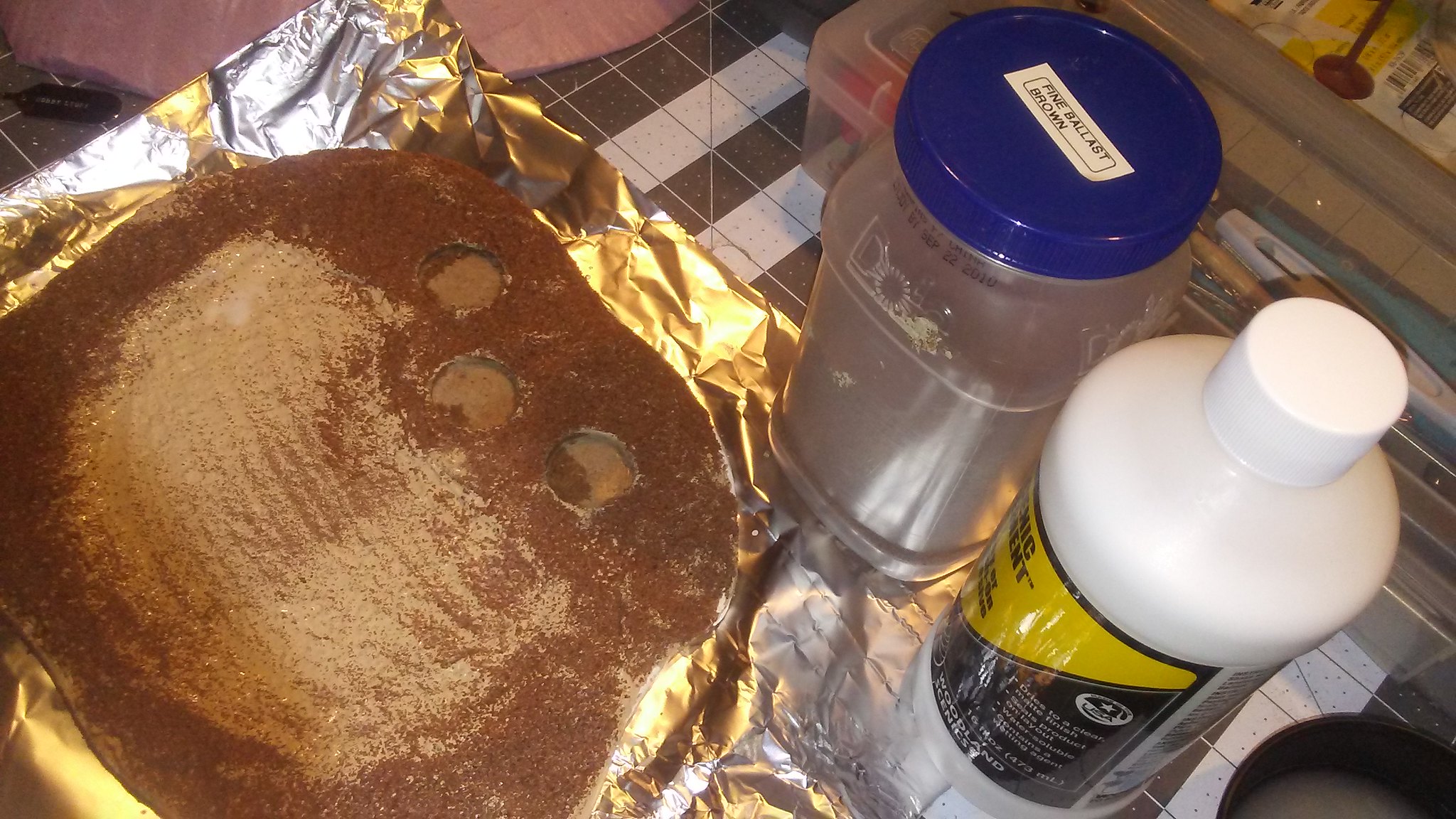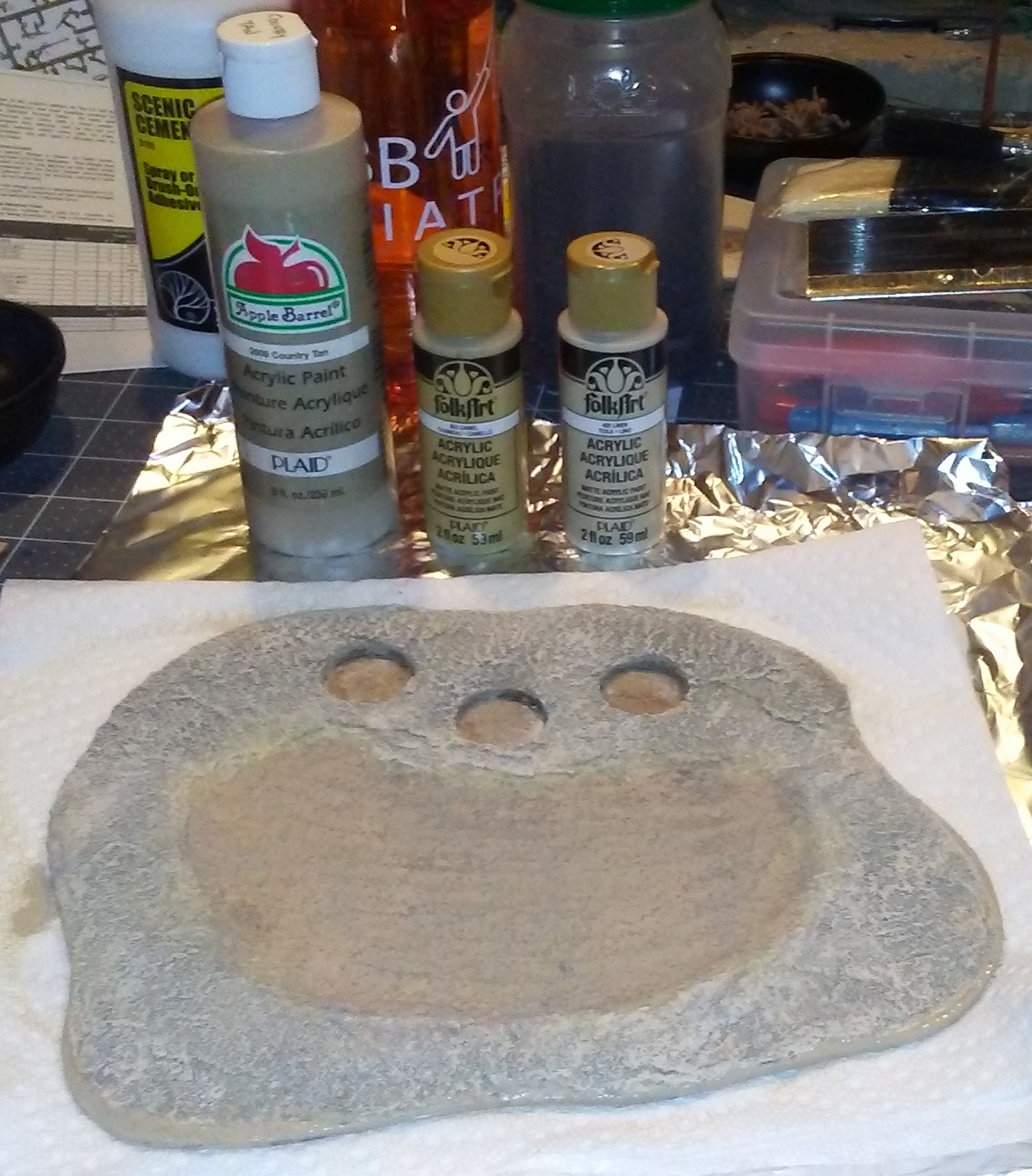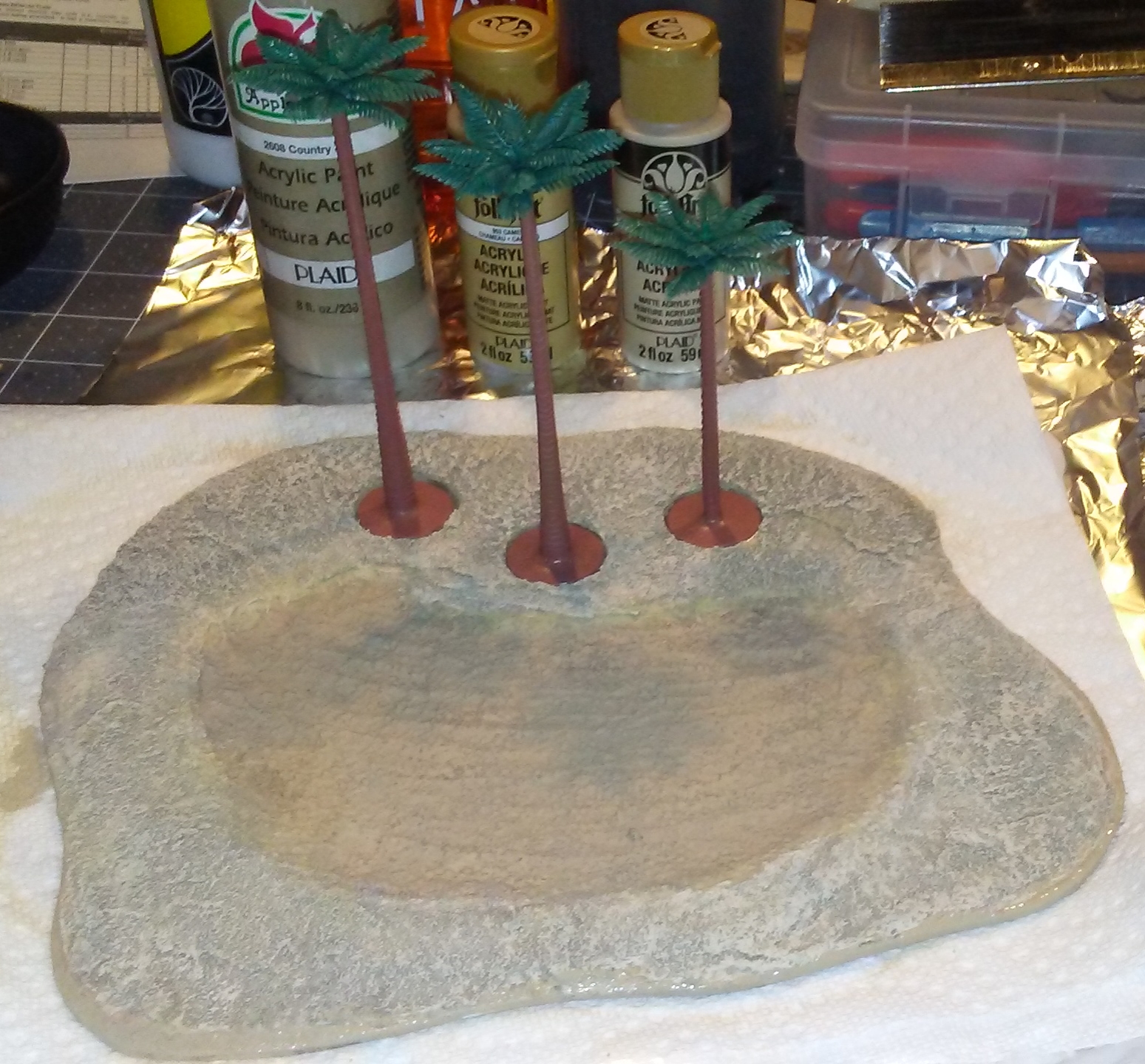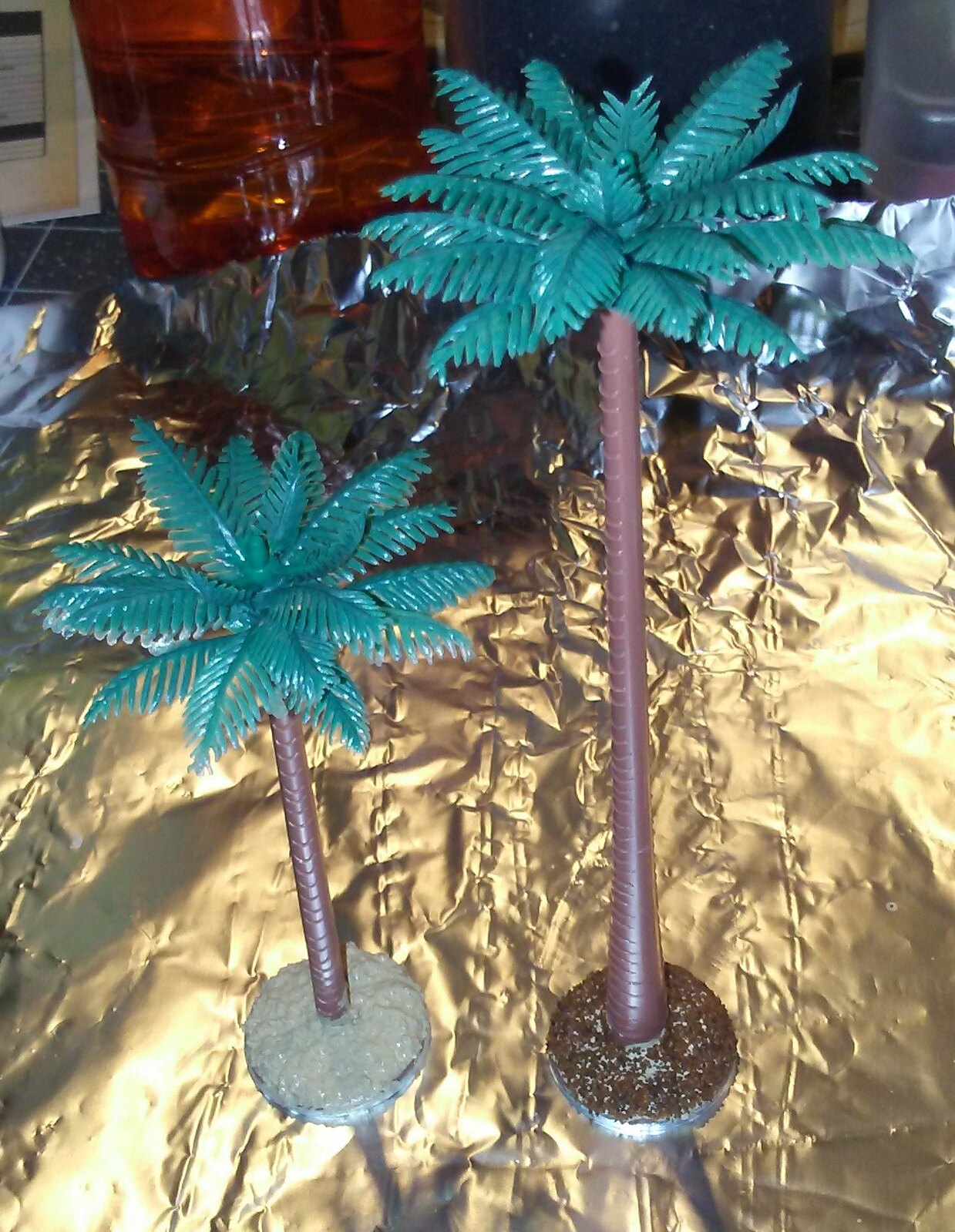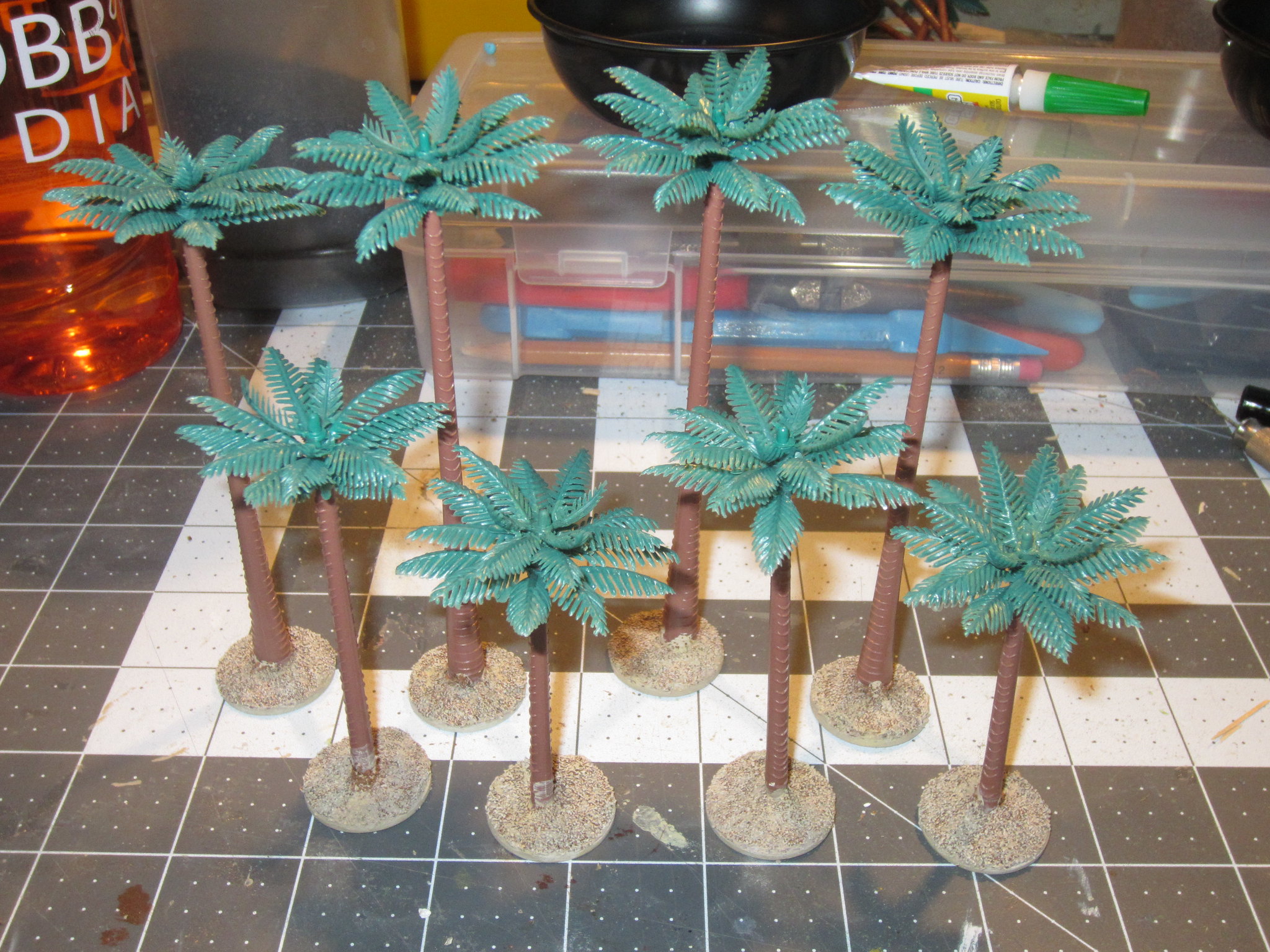My browsing fu was weak and I could not find what I was looking for. I found their Facebook page and asked if they made what I wanted - specifically, fatigue tokens with the Viking raven engraved on them. I got an immedaite response. Not only do they make them, they make three kinds! (wood, black acrylic and clear acrylic).
I placed an order for the tokens, along with some other goodies, on Friday. On Monday I got an email saying my order was complete and shipped, and they arrived today, Wednesday. That is great customer service and turnaround time on an order. So, does the hype and service match the product?
Let's start with the raven design fatigue tokens. I chose the wooden tokens, and I was not disappointed!
 |
| Raven design fatigue tokens from Kraken Skulls. |
In addition, I ordered a set of their measuring sticks. They have a ton of different designs, themed to match all the different factions available in Saga. I went with their generic weapon-shaped sticks, since I play several different armies.
 |
| Weapon shaped measuring sticks. |
I love these sticks. You can see from the picture that they are spot on in length, and they look great. My daughter saw them and is already asking for a set for her Viking army as well!
I splurged a little, and ordered a pair of dice from Kraken Skulls as well. I got them with the raven logo to match the fatigue tokens. Of course, for a typical Saga game you need a ton of dice, so it is not cost effective to order as many as you will need for combat. But I plan to use these as turn markers, or perhaps for other games as well.
 |
| Transparent blue and white dice with raven logo. |
I ordered the transparent blue and opaque white dice. I paid the extra buck per die to have them color them in, and I am glad I did. The dice look as good as the rest of their products. The blue is clear throughout with no bubbles. And in a totally unscientific test (I rolled them a bunch of times to see how often I could get the beautiful ravens to show) they seemed to roll quite randomly. That's already better than my regular dice, which tend to roll "1" with alarming regularity.
Lastly, since I love terrain projects, I ordered a set of their Viking tent frames. You get enough parts to make end frames for six tents for $3.50, or you can order the assembled frames for $2.50 a pair, or the complete tents for $3.50 each. (One very nice touch is that you can order different colored patterns for the complete tent kits.) Since I love to build and customize, I chose the unassembled frames.
 |
| Viking tent frames. |
 |
| Revell Viking ship kit. |
But, in the meantime, I can wholeheartedly endorse the good folks at Kraken Skulls Consortium - fantastic service and fantastic products. I am certain to be ordering from them again (if nothing else to get my daughter her set of measuring sticks, and they have a selection of laser-cut buildings that look intriguing).
'Til next time!

